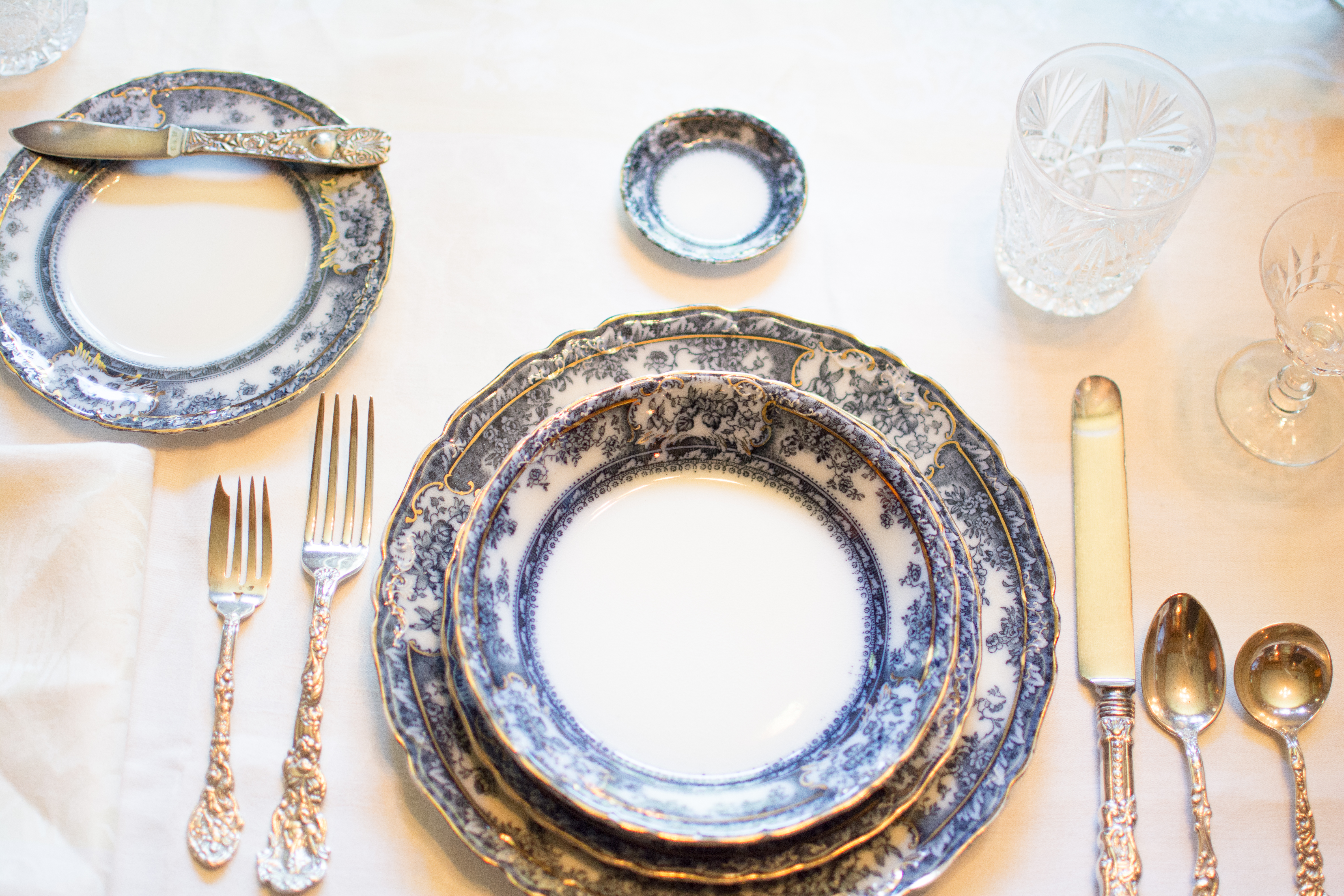In South Dakota, we are big on history. Especially if it has to do with rough-and-tumble elements like the Wild West and the lives of rural farm families of the mid-to-late 1800’s. It seems that we sometimes forget that at the start of the 20th Century, South Dakota was a very young state, and its founders were still running the show, both in government and in local society. Sioux Falls’ Pettigrew Home and Museum is an impeccable example of how this upwardly mobile middle class lived and shaped the community we know today.

A visit to the Pettigrew Home and Museum, located at 8th and Duluth in central Sioux Falls, begins at the junction of the house and the museum addition. If one turns right, they can wander through two floors of galleries dedicated to the life and adventures of R.F. Pettigrew, South Dakota’s first full-term U.S. senator, and to the earliest days of Sioux Falls. To the left is the home, in all of its preserved and restored glory. That is where we are going.

Siouxland Heritage Museums curator of education Kevin Gansz is our guide to the Queen Anne-style home, built in South Dakota’s first year of statehood, 1889. It is a creation of Wallace Dow, the city’s first premier architect, responsible for many prominent buildings in the tri-state area, including Sioux Falls’ Old Courthouse Museum, the South Dakota School for the Deaf, and University of South Dakota’s Old Main. Like many of his buildings, the Pettigrew home is built from materials readily available at the time, including pink quartzite and locally-made pressed brick. Although the home is associated almost exclusively with Pettigrew, it was originally built for the McMartin family, and sold to the senator in 1911 for the tidy sum of $12,000.

Gansz first brings us into the kitchen, which would have been the domain of the Pettigrews’ maid. In the corner is the back staircase, which extends from basement all the way to the maid’s room in the attic. The Pettigrews wanted a modern home, and made many updates. This included the addition of a gas stove, a telephone, and the installation of linoleum – which was a revolutionary material of the time. The kitchen also features a combination lighting fixture, which can use both electrical and gas power, a practical design for a time when electricity was largely unreliable.

“Sometimes it only worked during the week and not on the weekend, during the day but not at night,” explained Gansz. “So when that happened, you could turn the key and light your gas jets.”
Next we pass through a large pantry, with one side dedicated to food storage and the other to serving. It is on that side that a door leads us into our first public space, the dining room. Below a painting depicting The Falls and land that would become Downtown as Pettigrew first saw it in 1869 is a tile fireplace, which is another signature of Dow. It is one of five such examples in the home.
The table is decorated with a tasteful floral centerpiece, elaborate candlesticks, and the type of dishware most of us admire in our grandmother’s china hutch, but are never allowed to actually use.
“We’re not quite Downton Abbey, but good table manners were a sign of good etiquette at the time.”
“When the senator and his wife sat down to a meal, they enjoyed a much more formal style of eating than we’re used to. We’re not quite Downton Abbey, but good table manners were a sign of good etiquette at the time. You would have had to know how to use all the forks and spoons,” laughed Gansz, pointing to the base of one chair, “There was even a call button on the floor and Mrs. Pettigrew could ring the buzzer that would call the maid in here to serve them in the dining room.”
One of the home’s many stained glass windows glows from one wall, with gilded paint coating the lead between panes. Also illuminating the room is a multi-pendant chandelier, signed by famed glass artist Louis Comfort Tiffany (son of Tiffany and Company founder, Charles Lewis Tiffany), a personal friend of the senator.
Through the dining room, we pass by the back parlor. It is considered the casual one in the double-parlor home. This was a space for the family to relax and loosen their collars a bit. The room’s Chinese desk and chair with carved dragons for arms reflect the senator’s world travels and status as an amateur archaeologist. In the corner, a Reginaphone sits atop a table. This is a precursor to modern turntables, which plays large metal discs and sounds much like a gigantic music box. The room also features what Gansz refers to as the “La-Z-Boy’s great-grandfather.” Despite its relative informality, the room is still well appointed with silk damask wallcoverings, elaborate plaster moldings, and delicately painted canvas on the 11-foot ceilings, which extend into the adjacent front parlor.
The front parlor holds a Steinway grand piano, which originally belonged to the Phillips family next door. As the first Mrs. Pettigrew was an accomplished pianist, it is known that a similar instrument would have been in the room. A large, ornate rug covers the oak flooring, which was a piece commissioned by Pettigrew. A second Tiffany chandelier hangs from the painted ceiling.
Throughout the home, one consistent feature is the masterfully carved woodwork. What varies, however, is the type of wood used from room to room, and the increase in detail as spaces become more public. In the private sections of the house, one sees a modest fir. Then in the back parlor and dining room, cherry is used. The front parlor is crafted from birdseye maple, and oak is used in the foyer and on the grand staircase. Even the pocket doors between rooms are finished with the wood appropriate for the spaces
they face.
“You wow people through the woodwork on the first floor of your house.”
Because these woods were not readily available in Sioux Falls at the time, Gansz says this use of material sent a very specific message. “I have status, I have money. You wow people through the woodwork on the first floor of your house.”
Everyday wallpaper wouldn’t do to complement such woodwork. In addition to the silk damask found in the parlors, the first floor boasts examples of deeply embossed anaglypta and lincrusta wall coverings. The foyer’s lincrusta, which is made from wood pulp, extends to the ceiling in a slightly varied pattern.
Busts of both R.F. Pettigrew and his brother, Fred, flank the foyer’s tile fireplace. They seem like fitting memorials, as R.F.’s funeral was held in the space, and the museum, which opened a year before the senator’s death, is dedicated to the memory of Fred.
The tour continues to the second floor, where the bedrooms, the senator’s most cherished retreat, and pieces from his artifact collection (including a chunk of an Egyptian pyramid) are located. For those interested in history
or interior design, a viewing is a must.
Gansz says there are two big reasons to
make the trip.
“You have the person himself. R.F. Pettigrew. I use the term often, but he was a founding father. There was no bigger promoter of Sioux Falls. This man was dedicated not only to his community, but to this state. And then the house itself. A lot of historic homes in this neighborhood have gone through transitions. Duluth Avenue, having an address here meant you made it. Here’s a great example of how these home were really used.”
For more info on the Pettigrew Home and Museum (including the senator’s birthday celebration), visit siouxlandmuseums.com or call
(605) 367-7097.




















